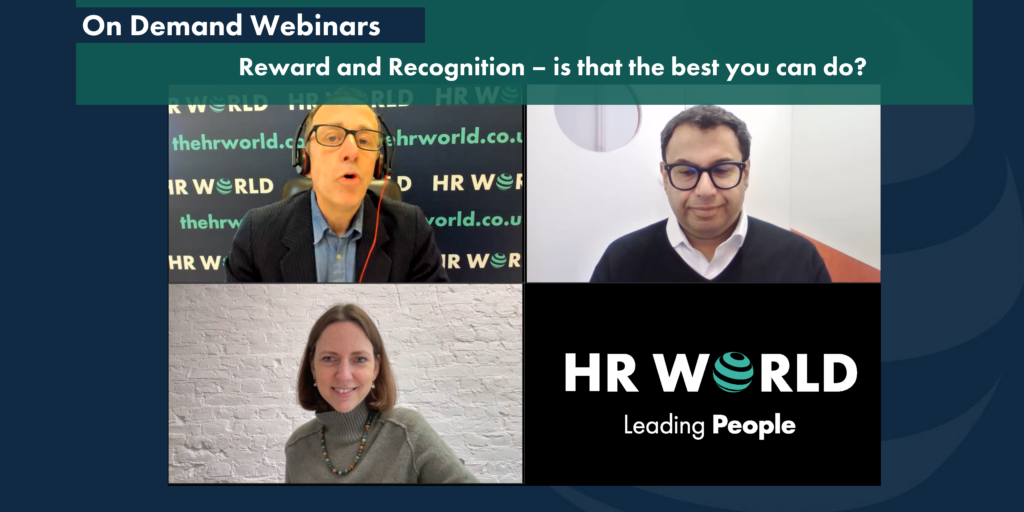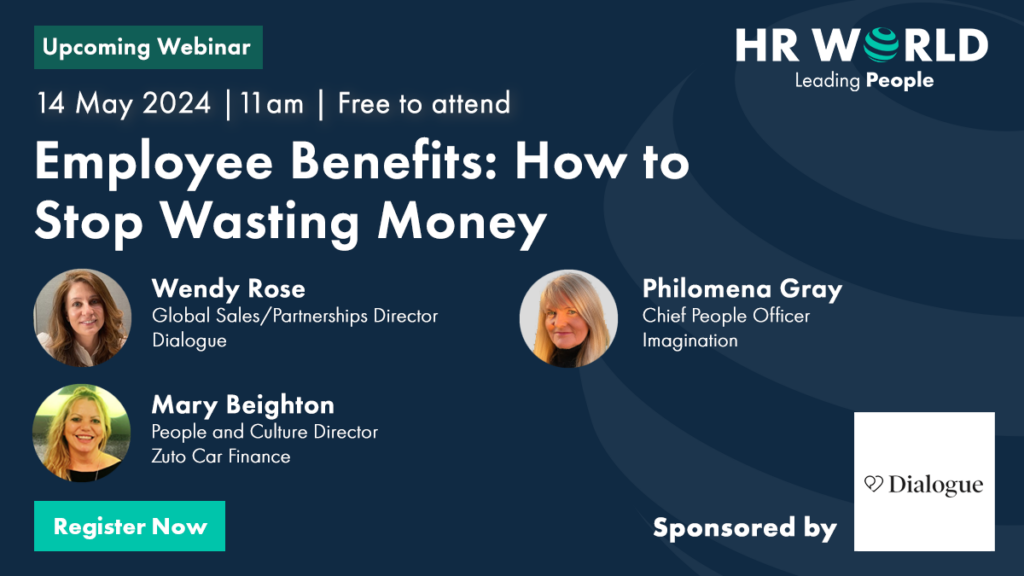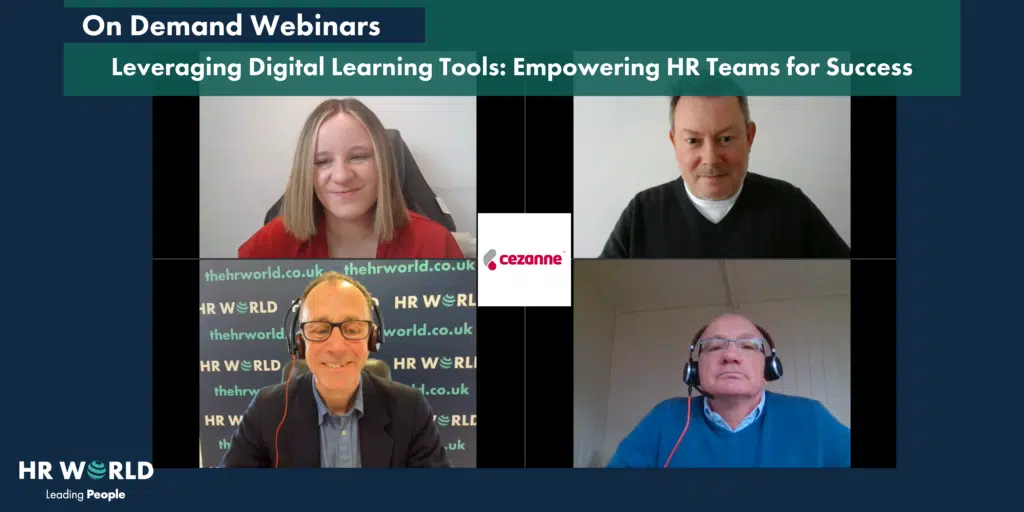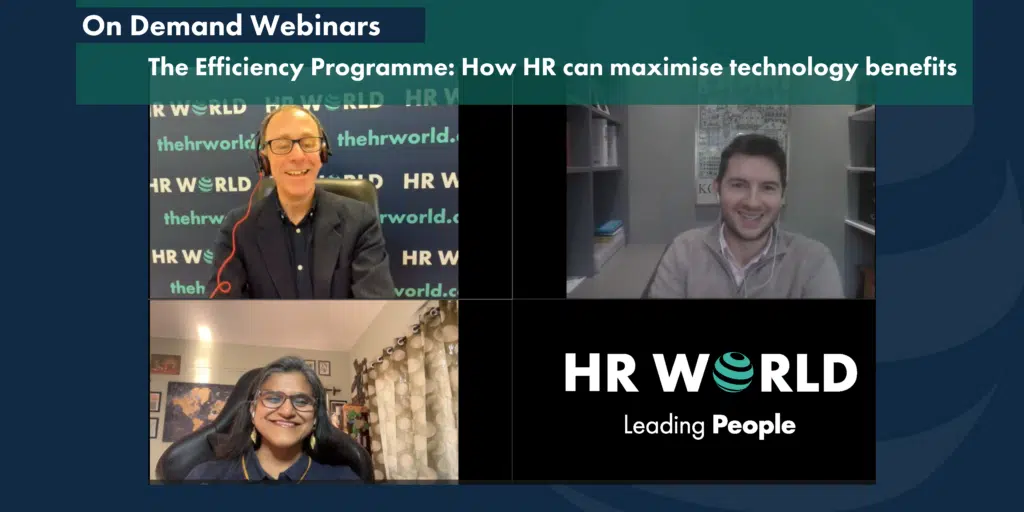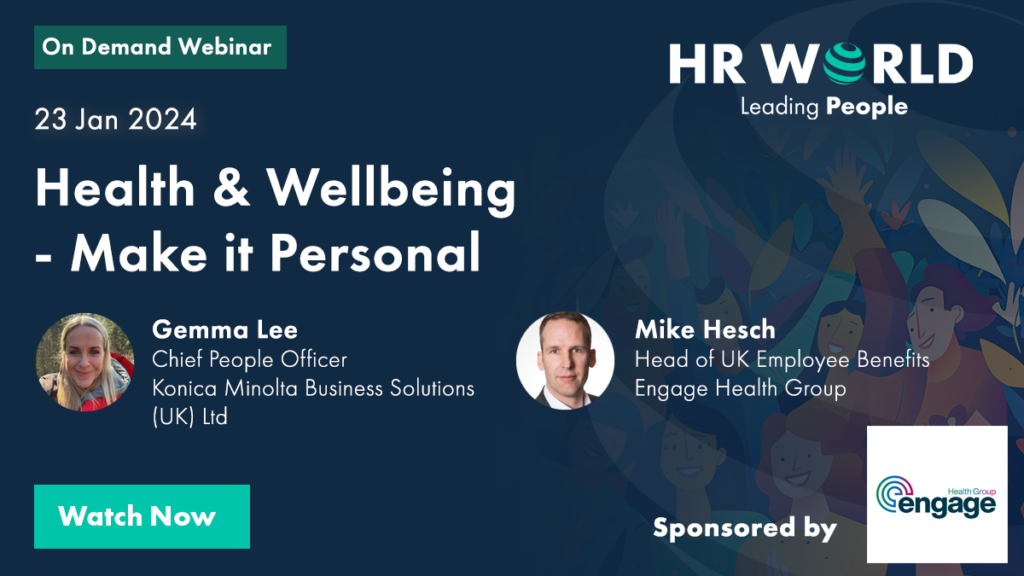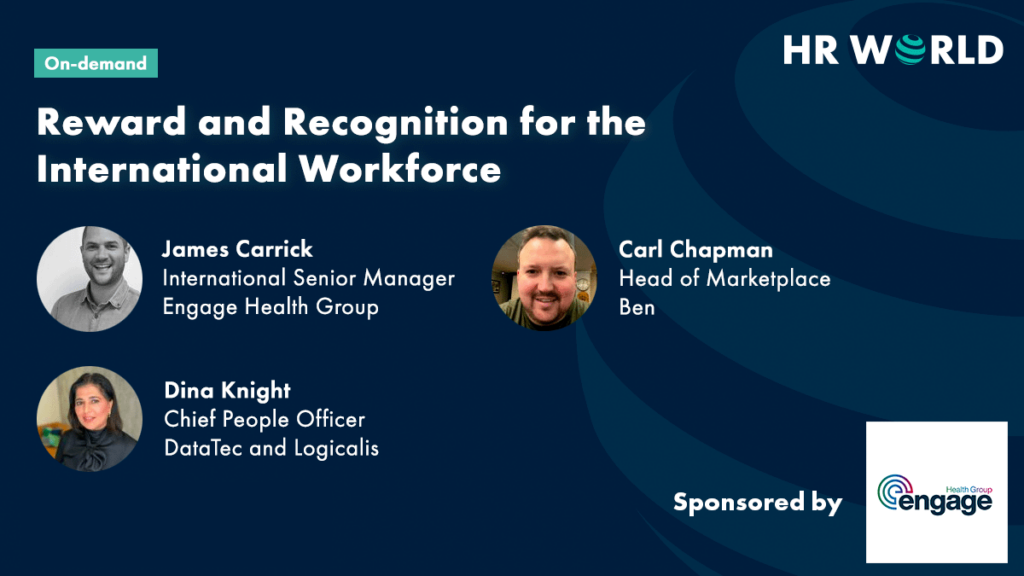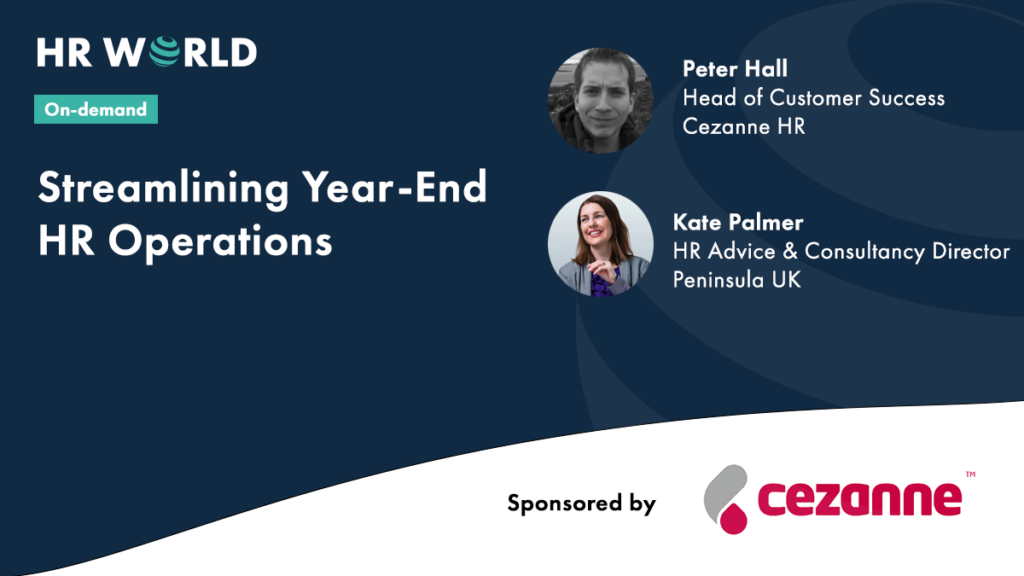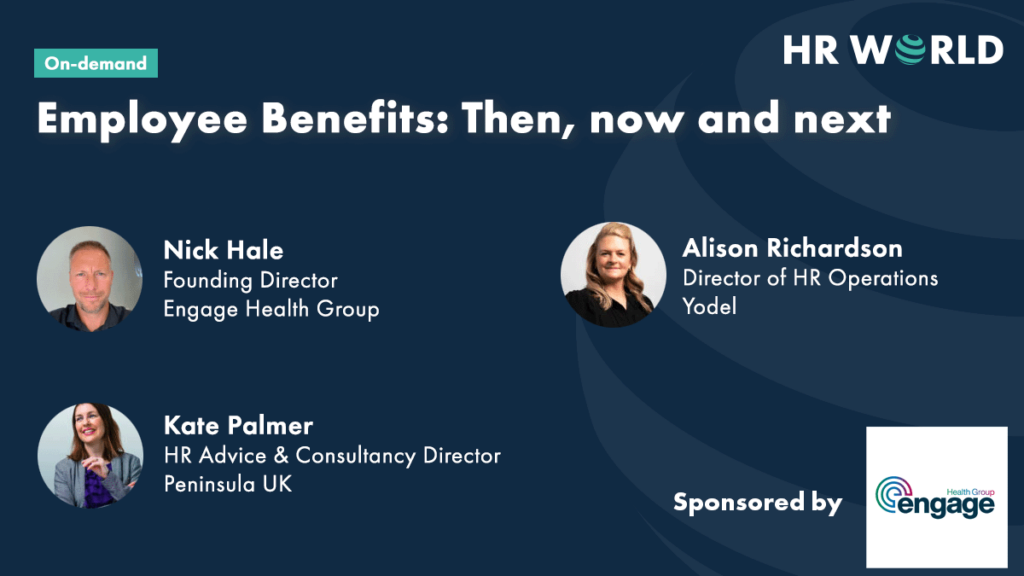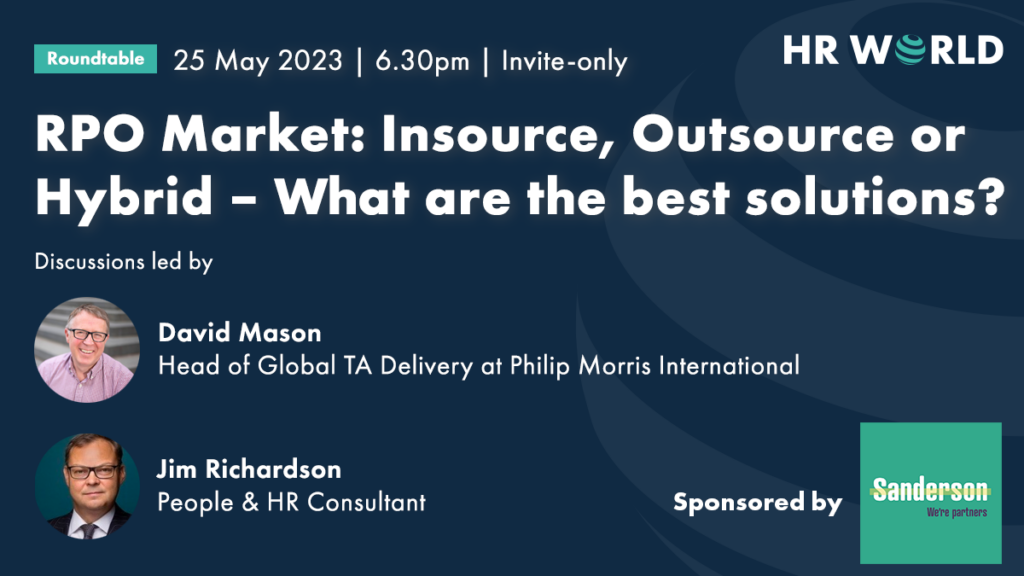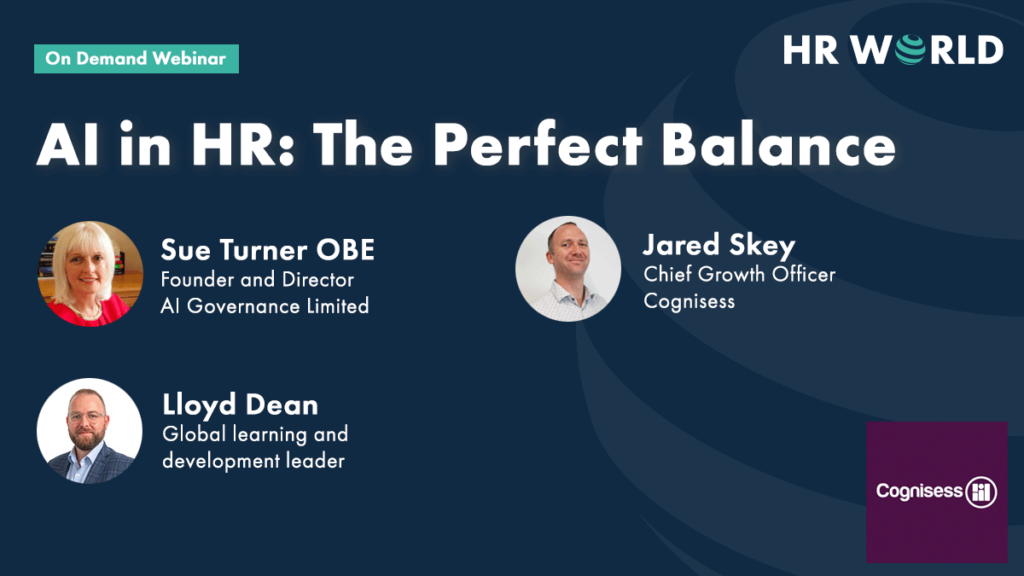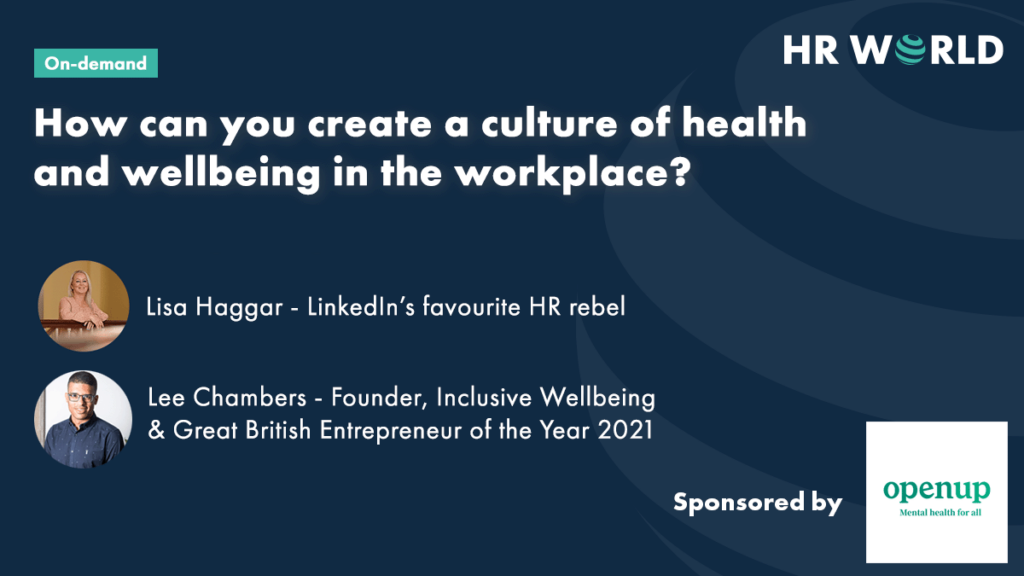Home » Knowledge Hub » Health and Wellbeing » How to Create an Effective and Impactful Health and Wellbeing Benefits Package
How to Create an Effective and Impactful Health and Wellbeing Benefits Package
25 January 2024 Health and Wellbeing

Simon Kent speaks to some of The HR World’s partners about creating the ideal Health and Wellbeing benefits package.
The Health and Wellbeing package offered by businesses to their employees plays a number of significant roles for the business.
- Employee experience. Working for an organisation means more than effort for money. A health and wellbeing package demonstrates the care and concern an organisation has for its employees
- Talent attraction and retention. In a competitive talent market, the health and wellbeing package can mark one employer from another. The range and type of benefits offered can appeal to certain kinds of employees, those of a particular age or with particular skills.
- Company culture. Health and wellbeing packages give a great insight into how a business works, the principles by which it operates and the priorities it has in terms of its employees.
So what should employers look to create for the most effective and impactful health and wellbeing initiative?
Health & Wellbeing: Comprehensive and Simple
Mike Hesch, Head of UK Employee Benefits at Engage Health Group and panelist on The HR World health and wellbeing webinar, gives the following advice:
-
- Provide a balance of preventative and reactive solutions: Most employees can benefit from preventative solutions, like virtual GP access, fast access to diagnostic tests, or wellbeing tools and apps. But it’s also important to have policies in place that provide assistance for when things do go wrong, such as private health coverage or critical illness coverage. Yes, prevention is better than cure, but it’s not always possible!
- Consider the five pillars of wellbeing: Businesses should cater for social, physical, mental, career and financial wellbeing. Each area can impact the other, so tackling all five creates a virtuous circle of wellbeing. Conversely, like the classic three-legged stool, if one leg falters the whole thing can come crashing down.
- Ask staff for their input: It’s important to regularly survey employees to find out whether there’s something you’re missing in your benefits provision.
- Review all your existing employee benefits: See what you already have in play and build off that, often you don’t need much if any extra budget. It’s then all about communication: do employees know how to access their benefits? And do they know how to use them? Ease of use is essential if employees are going to gain value out of their benefits.
Understand your wellbeing objectives
Matt Norbury, CEO at digital reward and recognition solution Each Person says the first essential step is to clarify your objectives and define what you aim to accomplish. “Suppose your goal is to decrease absenteeism,” he says, “In that case, a comprehensive review of relevant data – such as the frequency and timing of sick days – can provide valuable insights.”
Norbury advises:
- Strategy has to be people first. Fostering a deeper understanding of your team’s dynamics is crucial. This can be achieved through in-depth interviews that create an open space for collaboration and enhance workplace relationships. Employee surveys are useful here too. “There will be many things you can do internally to help address your findings, but exploring available external tools tailored to your objectives is key,” he says. “For instance, at Each Person, we specialise in offering a comprehensive range of employee benefits and services. We aim to empower organisations by equipping them with versatile capability to reward people and provide essential support during challenging times. For example, an EAP (employee assistance programme) and Salary Sacrifice Schemes could support absenteeism by supporting people’s mental and financial wellbeing.
- Implementing a strategy is just the beginning. According to Norbury the impact of any package will lie in its execution and ongoing evaluation. “Continuously assess its effectiveness, engage in constructive dialogues with your team for feedback, and make timely refinements to ensure alignment with your objectives,” he says. “This iterative approach will foster adaptability and drive sustainable results.”
Matt also notes that the best chance of success will come through being open, honest and even vulnerable. “Let your people know why you’re doing what you are doing, don’t hide the objectives,” he says. “In fact, get them to buy in and help shape the outcome. This way, when you try things and they don’t work out, focus as much on sharing what happened as you would if everything was perfect. It’ll pay off, and before you know it, the strategy will evolve far beyond where you intended.”
The Journey: Review → Analyse Data → Consolidate With Staff → Provide New Services & Benefits → Test → Refine (little & often). – Matt Norbury
Traveling to better health & wellbeing benefits
Finally, Stephen Knight, Chairman of UTC.travel notes that maintaining an engaged and supported workforce has never been more important for employers.
“At UTC.travel we believe that travel can be a compelling employee benefit,” he says. “By helping to support teams with their travel costs, employers are creating a win/win. Ensuring better workplace wellbeing and putting value back into employee pockets, without putting extra inflationary pressure on the bottom line.
“The challenge for many employers is how to offer travel benefits in a way that works for all and isn’t simply £100 off at a singular travel agent?” Knight adds. “To ensure that everyone has the maximum choice and the maximum saving? UTC.travel membership gives employees genuine value – saving up to 40% across hotels, packages, insurance, attractions, car hire and much more.
“Right now, we believe travel is a key employee benefit and we’re confident the UTC.travel model offers a modern way to make travel relevant for all team members,” Knight concludes.




